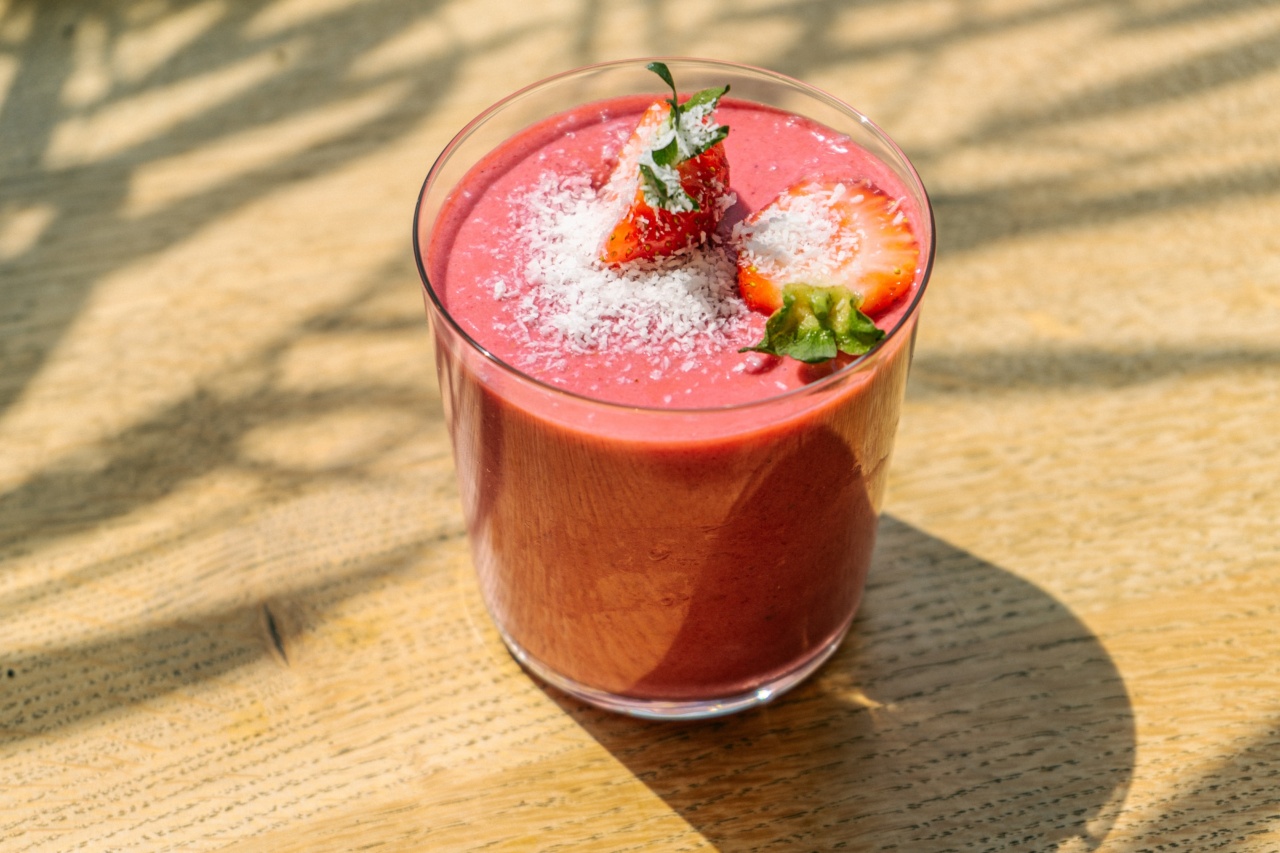When it comes to your diet, knowing the density of your food can be helpful in achieving your nutrition goals. Density refers to the amount of mass per unit of volume in a particular food.
Generally, foods with higher densities are healthier since they offer more nutrients per calorie. But does the temperature of the food affect its density? Here’s what you need to know about the density of hot and cold foods.
What is Food Density?
Firstly, let’s clarify what we mean by food density. Essentially, it’s a measure of how much space a particular food item takes up relative to its weight or mass.
It’s a straightforward calculation: to find the density of a food, you divide its mass by its volume.
Foods with higher densities contain more nutrients per calorie, which means that they are generally considered healthier. They can help you feel more full on fewer calories and provide you with more satiety.
Meanwhile, low-density foods, such as fruits and vegetables, can also help you maintain a healthy weight and provide essential vitamins, minerals, and fiber. But, does the temperature of the food matter?.
Hot Foods and Density
Hot foods tend to be less dense than their cold counterparts. One of the primary reasons for this is the expansion of matter when they are heated. When a food is heated, it forms tiny pockets of air in the food, which causes it to expand.
This expansion affects the density of the food, making it less dense overall.
Other factors that may affect the density of hot foods include the amount of water in the food and the cooking method used. For example, boiled vegetables are denser than steamed vegetables because they absorb more water during the cooking process.
On the other hand, foods that are sautéed or fried are less dense because they lose some of their water content during cooking.
Cold Foods and Density
Cold foods, such as fruits and vegetables, are generally more dense than their hot counterparts. When food is cooled, the air molecules within it contract, causing the food to occupy less space.
This makes the food more dense overall since its mass remains unchanged, but its volume has decreased.
Additionally, some foods are naturally denser when served cold, such as hard cheese or chocolate. These items often have a lower water content or are more solid at room temperature, leading to their higher densities when chilled.
Density and Nutritional Value
While the density of food can provide some insight into its nutritional value, it’s not the only factor to consider.
For example, a serving of cake may have a higher density than a serving of broccoli, but the broccoli would still be a healthier choice due to its nutrient profile.
It’s essential to consider both the density and nutrient content of your food when planning a balanced diet. Foods that are high in nutrients and low in calories, like leafy greens or cruciferous vegetables, are often the best options.
However, it’s possible to include less dense items like fruit or oatmeal in your diet without sacrificing the overall nutritional value of your meals.
The Verdict
So, which food is denser: hot or cold? The answer depends on the specific food in question. Generally speaking, cold foods are more dense than hot foods, thanks to the contraction of air molecules when they are chilled.
Some foods are naturally more solid or have lower water content, leading to higher densities when cold. However, the density of food is only one factor in determining its nutritional value and should be considered alongside other factors like nutrient content when planning a balanced diet.






























